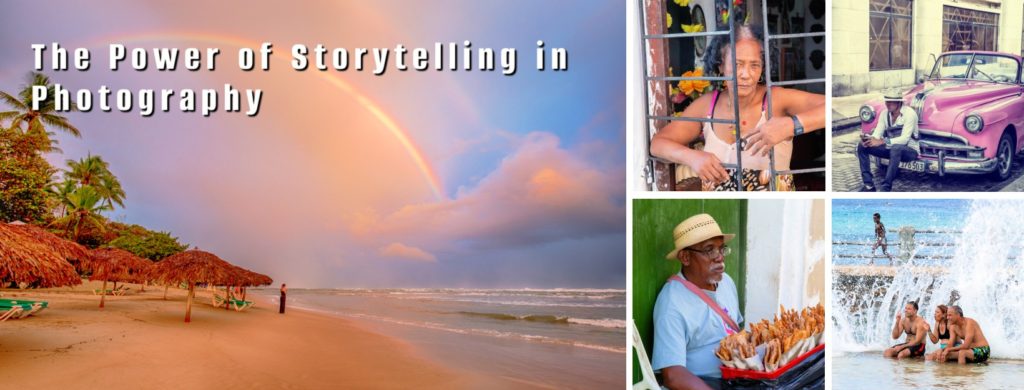
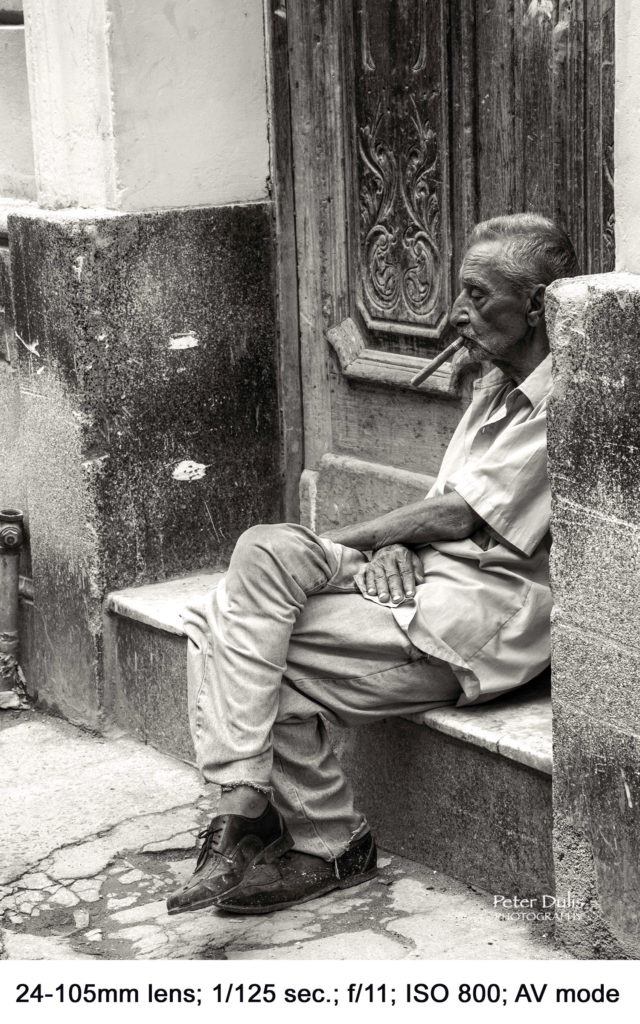
Photography Types
There are certain types of photography that elicit more emotion than other types, such a photojournalism, wedding photography, street photography and so on. But the truth is, regardless of the type of photography you do, there is a story to be told. Sometimes a single image can tell the story, such as the famous photograph of Afghanistan girl that Steve McCurry took several years ago. Or it may be several photos that illustrate a beginning, middle with a climax, and an ending.
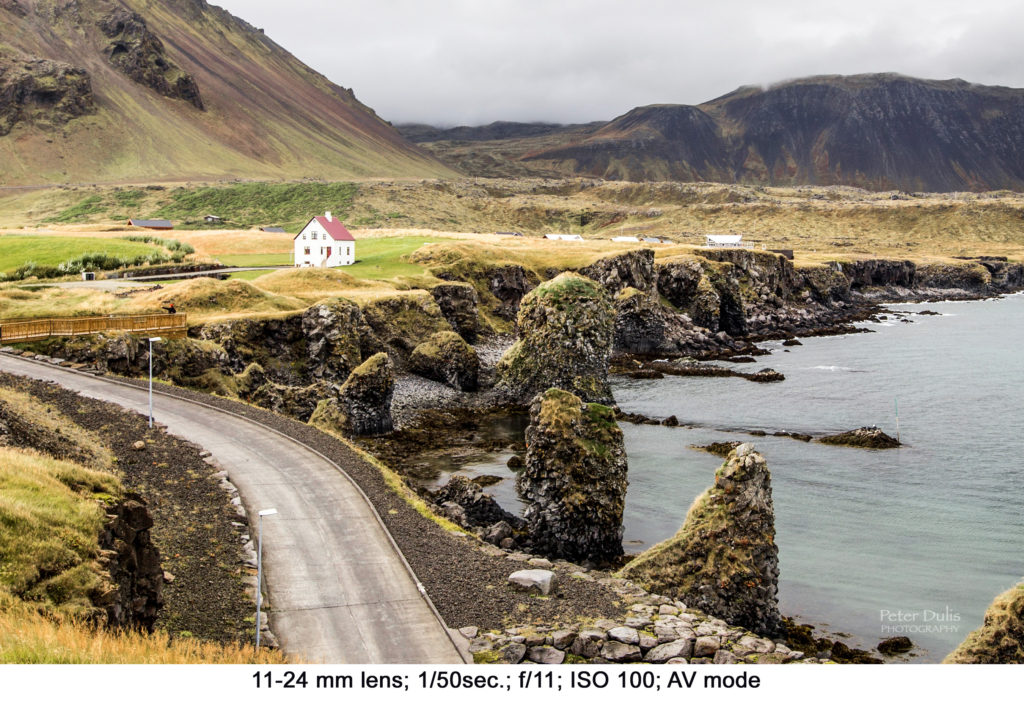
Research, Research, Research
It all starts with a creative vision. Stories take us places. Before going to a location, I research the area to see what might interest me about this location. I use a Photographers Ephemeris app to help me see how the light will fall on this location. A program of this sort is invaluable. It will allow you to see the exact direction of the sunrise and sunset on a map in order to plan out your shoot. Explore the region you want to photograph. What are the top ten things to do there. Learn about the people and their culture. And then with all that done, go into the photo shoot prepared but with an open mind.
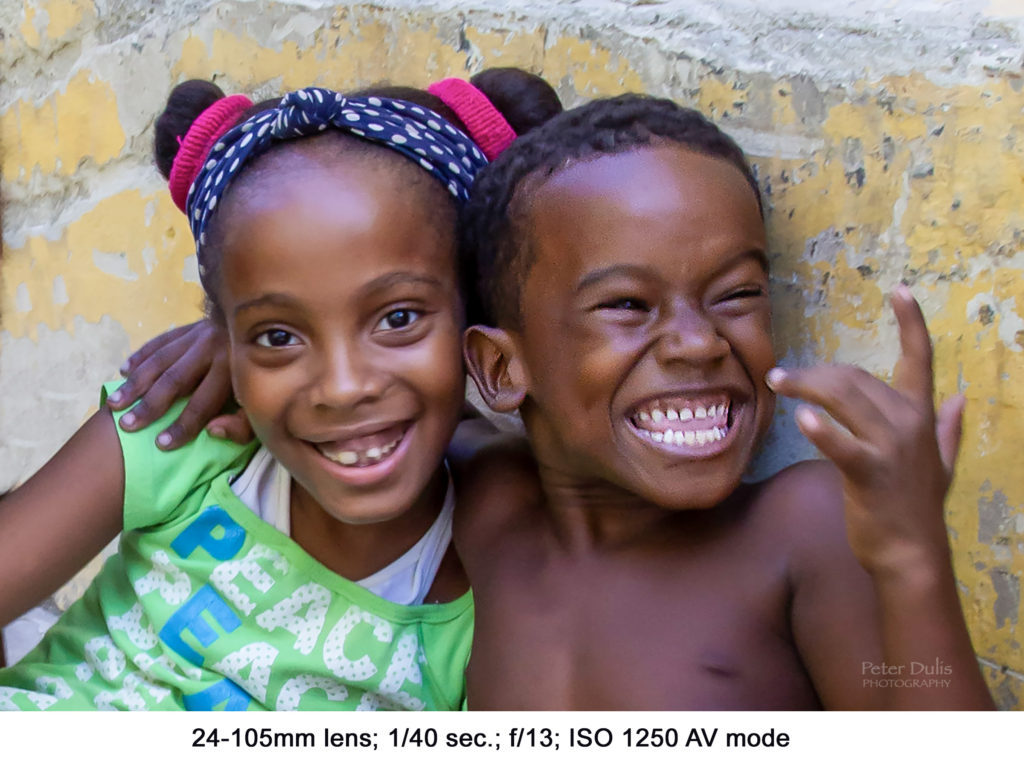
Anticipating the moment
Photography is largely about capturing the moment, so anticipating the moment becomes crucial to great story telling. Waiting for the right moment when the light, expression, and movement all converge is critical for great photos. Serendipity does happen, but often it is the preparation that counts. Good photographers rarely wait for inspiration; instead, they seek it out by training their eye to see what most people do not see. Try a street portrait challenge with strangers. Photograph 100 strangers over a period of three months and capture the story they tell. Capturing a moment in time can create a relatable story.
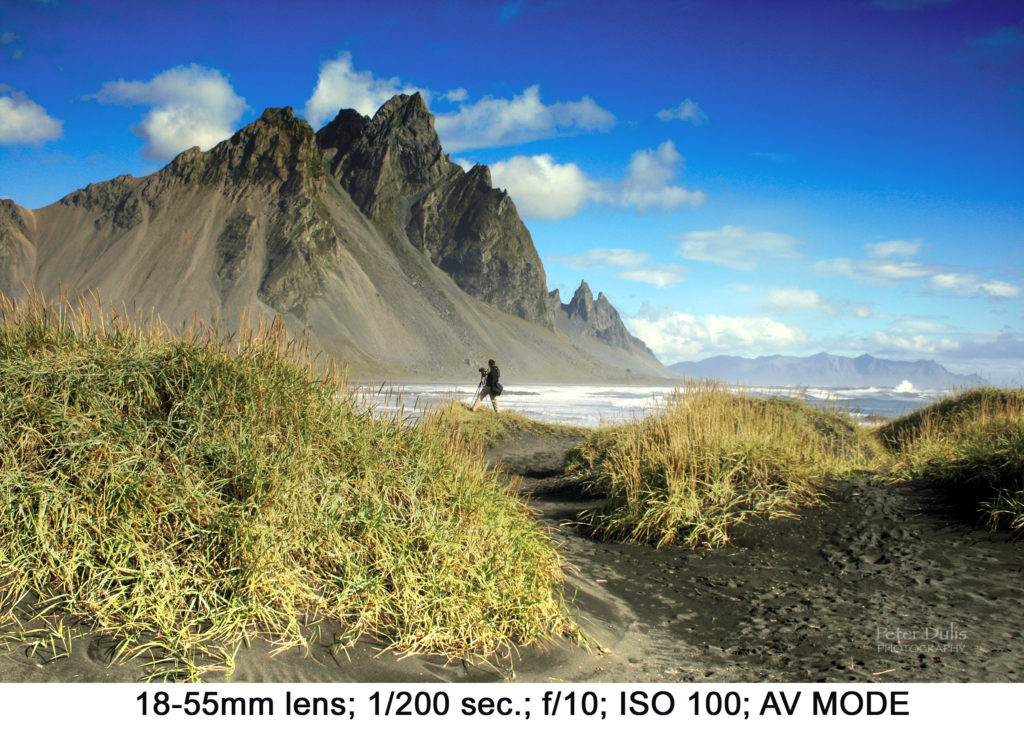
Composition is Key
Composition is perhaps the single most important aspect of photography and it can bring life to a story. It is true that you need to look for a point of interest in your story, but you also need to arrange the image in a way within the frame to draw the viewer’s eye to your story. Composition is about what to include or leave out of your frame. Rules of composition may include using the “rule of thirds,” creating depth with “leading lines,” “focusing to fill the frame,” choosing a “suitable depth of field,” or perhaps using diagonal lines to add energy. A good photographer arranges the visual elements within their frame to enhance their story.
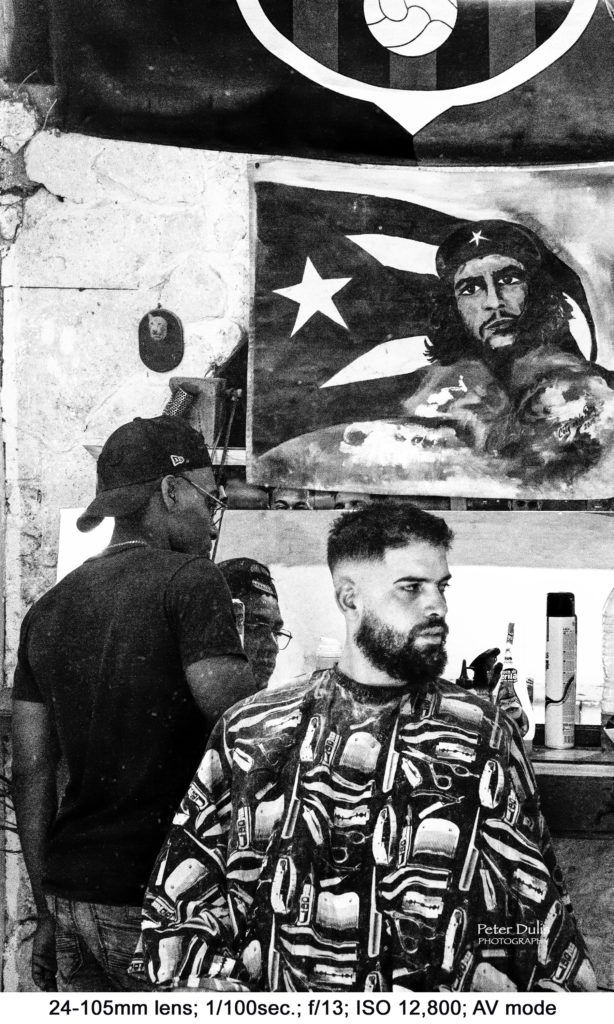
Light is Critical
It is important to develop a deep understanding of light, how it works, how to capture it and how to use it creatively. Our eye naturally goes to the brightest part of an image, so the main subject of your story should be the brightest part of the image. Shadows, highlights, and varying levels of warmth and tone evoke emotions to the viewer, so you can create a unique mood just by toning an image. If the light is not right when you get to your location, you are best to scout out the area and come back another day when the light is better.
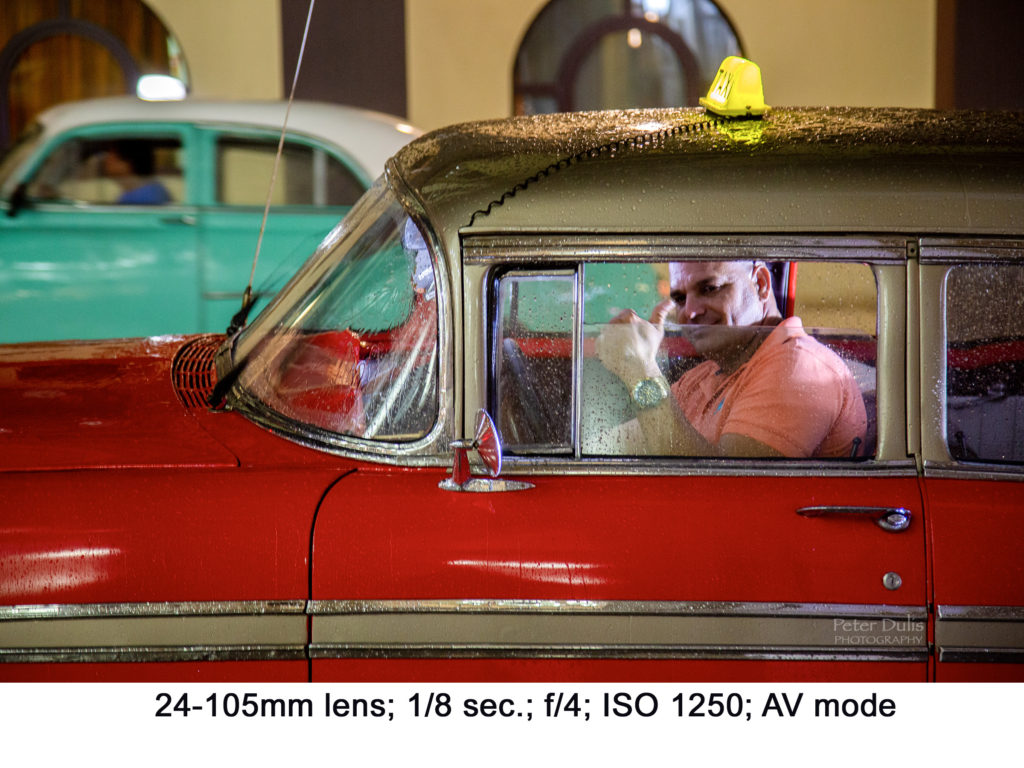
Conclusion
It does not matter what kind of camera you shoot with. Cameras keep improving and even the latest iPhone’s take great photos. The camera does not tell the story – You do! As Ansel Adams once said, “You don’t take a photograph, you make it” , and that is so true. The raw file from the camera is just the canvas we paint on to enhance our story. By applying the visual language of photography, you will become a better story telling photographer, regardless of what equipment you are using.

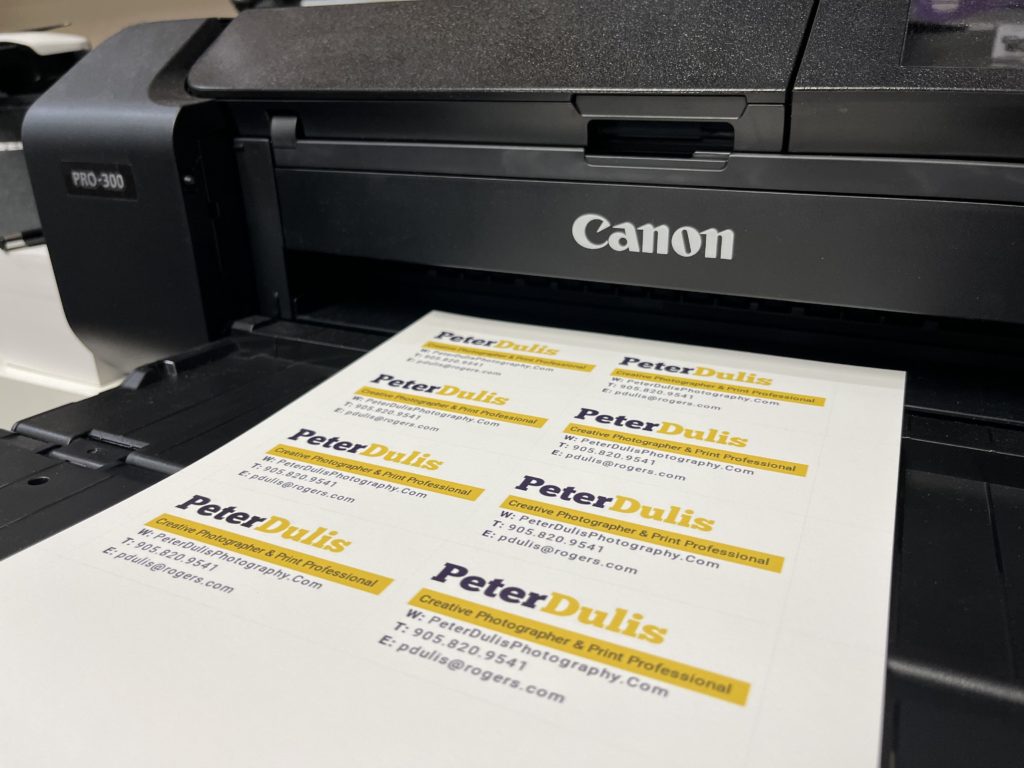
Finishing Touch
I was needing a quick reprint of my business cards, so I had a quick look at my Hahnemuhle sample pack and Voila, the Hahnemuhle FineArt Baryta FB 350gsm is a perfect paper to create stunning business cards. The Baryta FB is a 100% α-cellulose, bright white inkjet paper which makes my business cards really stand out. The heavy, minimal textured paper is sure to impress your customers with a high degree of whiteness and an extremely smooth surface. Check it out!
Happy Shooting & Printing!

1 thought on “The Power of Storytelling in Photography”
A wonderful set of pictures, Peter. And thank you so much for your photography lessons